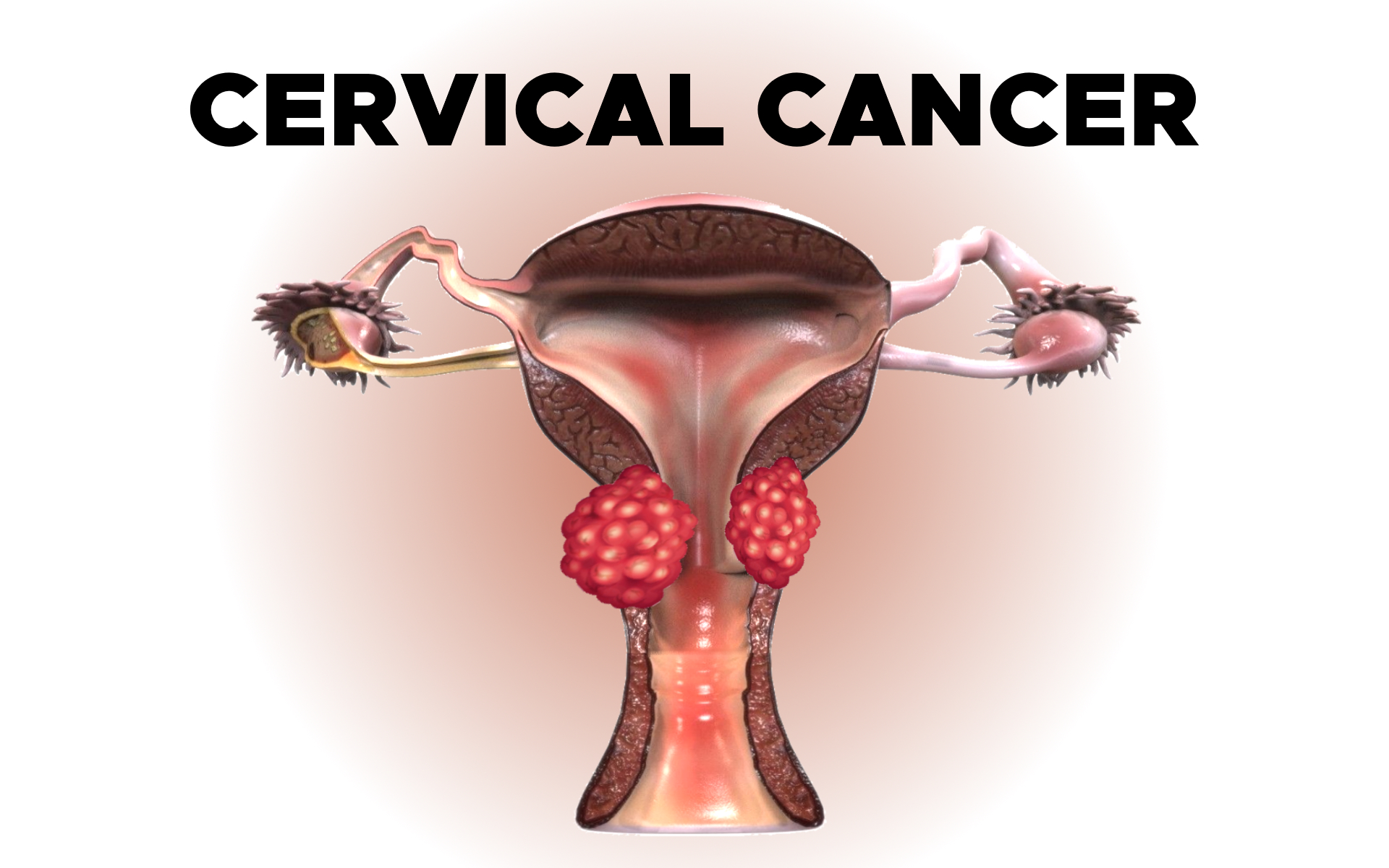
Cervical Cancer: Chemotherapy
Systemic Therapies for Cervical Cancer: Chemotherapy, Targeted Therapy and Immunotherapy
Types of Treatment for Cervical Cancer
Therapies Using Medication
Systemic therapy is the use of medication to destroy cancer cells. This type of medication is given through the bloodstream to reach cancer cells throughout the body. Systemic therapies for cervical cancer are given by a gynecologic oncologist or medical oncologist, doctors who specialize in treating cancer with medication.
Common ways to give systemic therapies include an intravenous (IV) tube placed into a vein using a needle or in a pill or capsule that is swallowed (orally).
The types of systemic therapies used for cervical cancer include:
- Chemotherapy
- Targeted therapy
- Immunotherapy
Each of these types of therapies is discussed below in more detail. A person may receive 1 type of systemic therapy at a time or a combination of systemic therapies given at the same time. They can also be given as part of a treatment plan that includes surgery and/or radiation therapy.
The medications used to treat cancer are continually being evaluated. Talking with your doctor is often the best way to learn about the medications prescribed for you, their purpose, and their potential side effects or interactions with other medications.
It is also important to let your doctor know if you are taking any other prescription or over-the-counter medications or supplements. Herbs, supplements, and other drugs can interact with cancer medications.
a. Chemotherapy
Chemotherapy is the use of drugs to destroy cancer cells, usually by keeping the cancer cells from growing, dividing, and making more cells.
A chemotherapy regimen, or schedule, usually consists of a specific number of cycles given over a set period of time. A patient may receive 1 drug at a time or a combination of different drugs given at the same time. For women with cervical cancer, chemotherapy is often given in combination with radiation therapy (see above).
Although chemotherapy can be given orally (by mouth), all the drugs used to treat cervical cancer are given intravenously (IV). IV chemotherapy is either injected directly into a vein or given through a thin tube called a catheter, which is a tube temporarily put into a large vein to make injections easier.
The side effects of chemotherapy depend on the individual and the dose used, but they can include fatigue, risk of infection, nausea and vomiting, hair loss, loss of appetite, and diarrhea. These side effects usually go away after treatment is finished.
Rarely, specific drugs may cause some hearing loss. Others may cause kidney damage. Patients may be given extra fluid intravenously to protect their kidneys. Talk with your doctor about the possible short-term and long-term side effects based on the drugs and dosages you will be receiving.
b. Targeted Therapy
Targeted therapy is a treatment that targets the cancer’s specific genes, proteins, or the tissue environment that contributes to cancer growth and survival. This type of treatment blocks the growth and spread of cancer cells and limits damage to healthy cells.
Not all tumors have the same targets. To find the most effective treatment, your doctor may run tests to identify the genes, proteins, and other factors in your tumor.
This helps doctors better match each patient with the most effective treatment whenever possible. In addition, research studies continue to find out more about specific molecular targets and new treatments directed at them.
When cervical cancer has come back after treatment, called recurrent cancer, or if cervical cancer has spread beyond the pelvis, called metastatic disease, it can be treated with a platinum-based chemotherapy combined with the targeted therapy bevacizumab (Avastin).
There are 2 drugs similar to bevacizumab, called bevacizumab-awwb (Mvasi) and bevacizumab-bvzr (Zirabev), that have been approved by the FDA to treat advanced cervical cancer. These are called biosimilars.
c. Immunotherapy
Immunotherapy, also called biologic therapy, is designed to boost the body’s natural defenses to fight the cancer. It uses materials made either by the body or in a laboratory to improve, target, or restore immune system function.
The immune checkpoint inhibitor pembrolizumab (Keytruda) is used to treat cervical cancer that has recurred or spread to other parts of the body during or after treatment with chemotherapy.
Some cancer cells express the PD-L1 protein, which binds to the PD-1 protein on T cells. T cells are immune system cells that kill certain other cells, like cancer cells. When the PD-1 and PD-L1 proteins bind, the T cell does not attack the cancer cell. Pembrolizumab is a PD-1 inhibitor, so it blocks the binding between PD-1 and PD-L1, which allows the T cells to find and attack the cancer cells.
Different types of immunotherapy can cause different side effects. Common side effects include skin reactions, flu-like symptoms, diarrhea, and weight changes. Talk with your doctor about possible side effects for the immunotherapy recommended for you.
